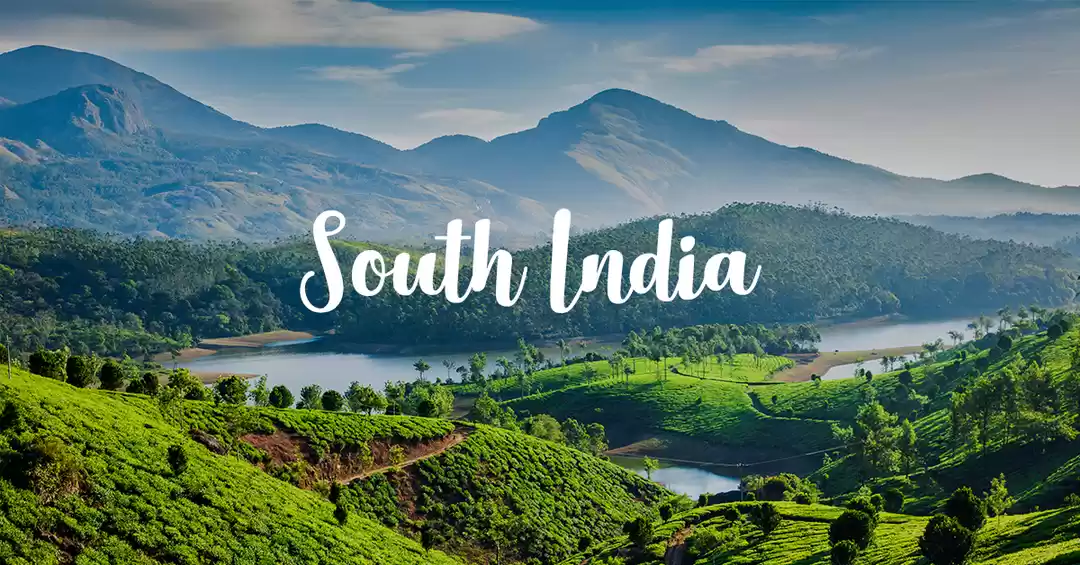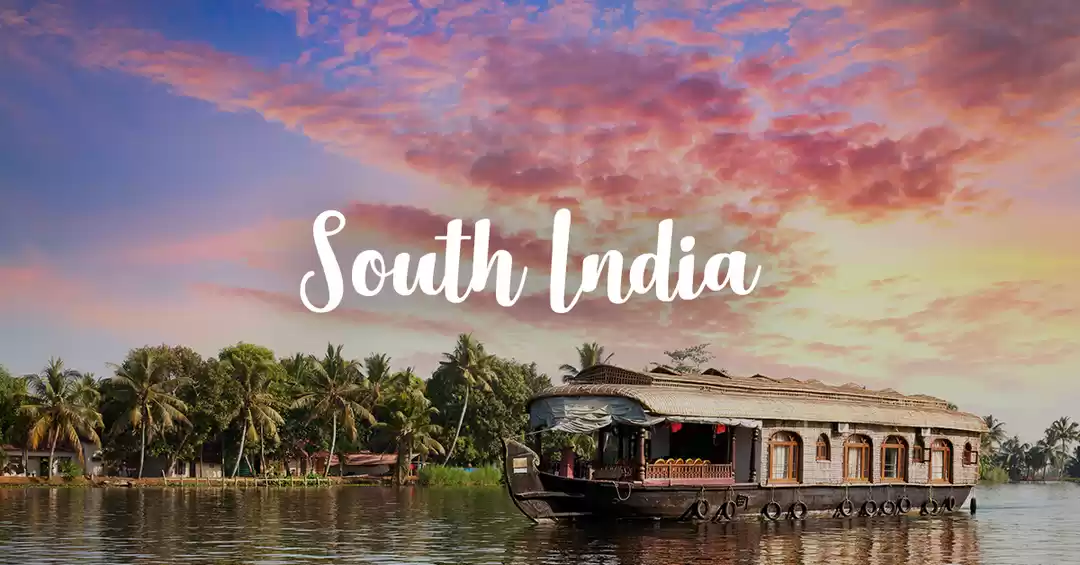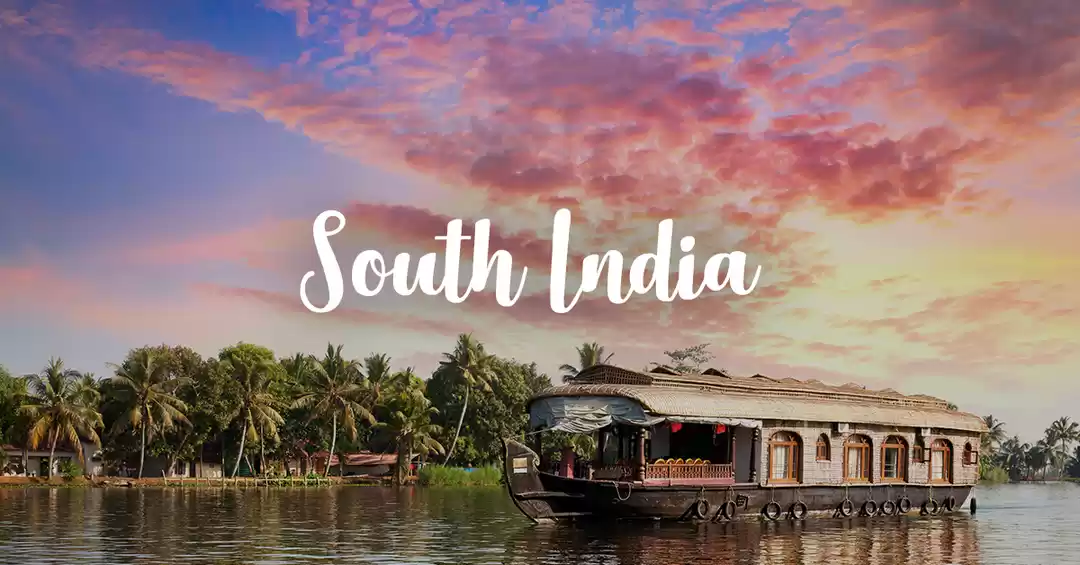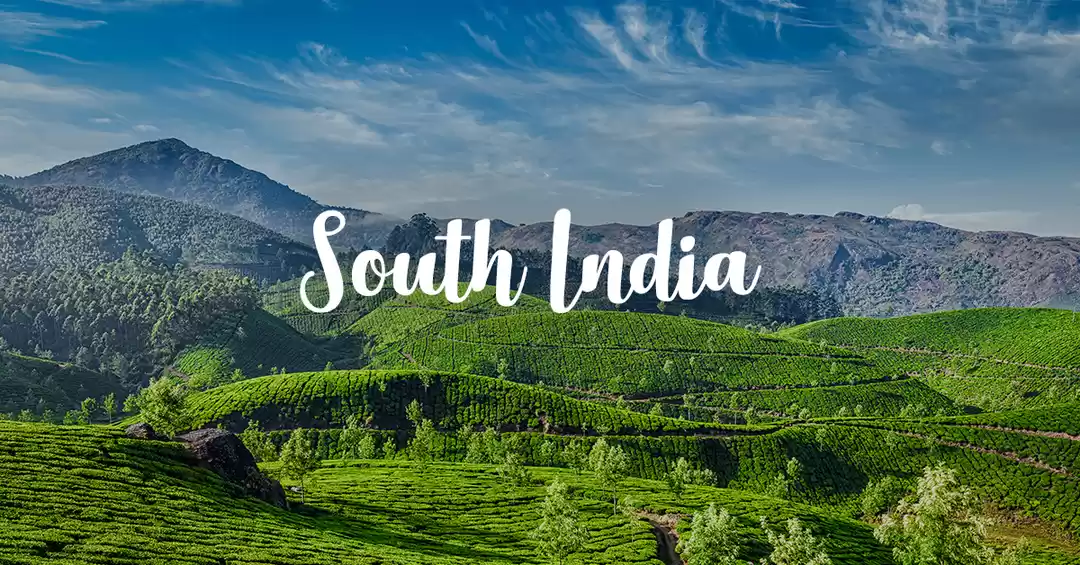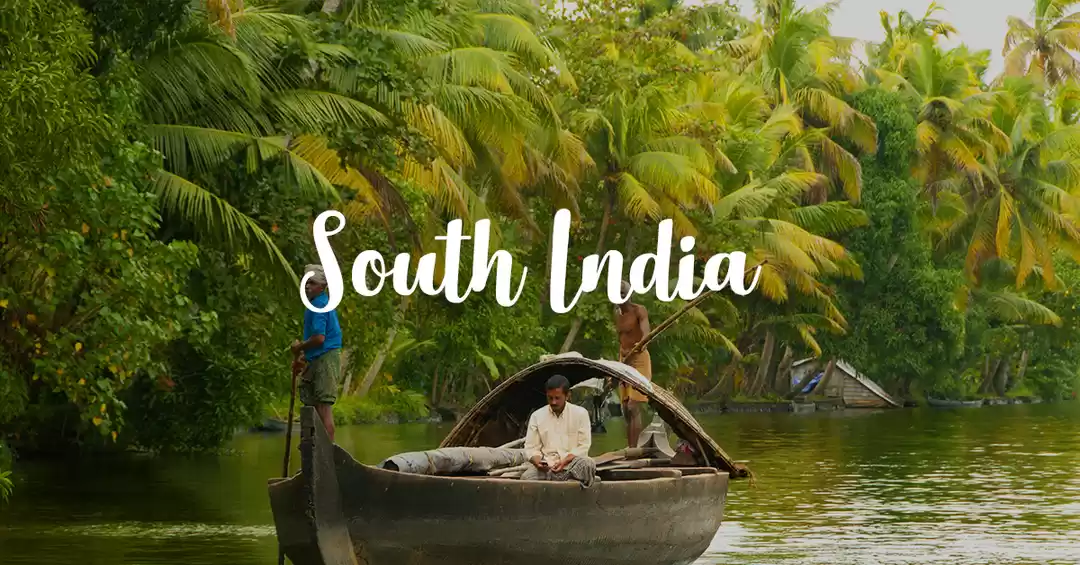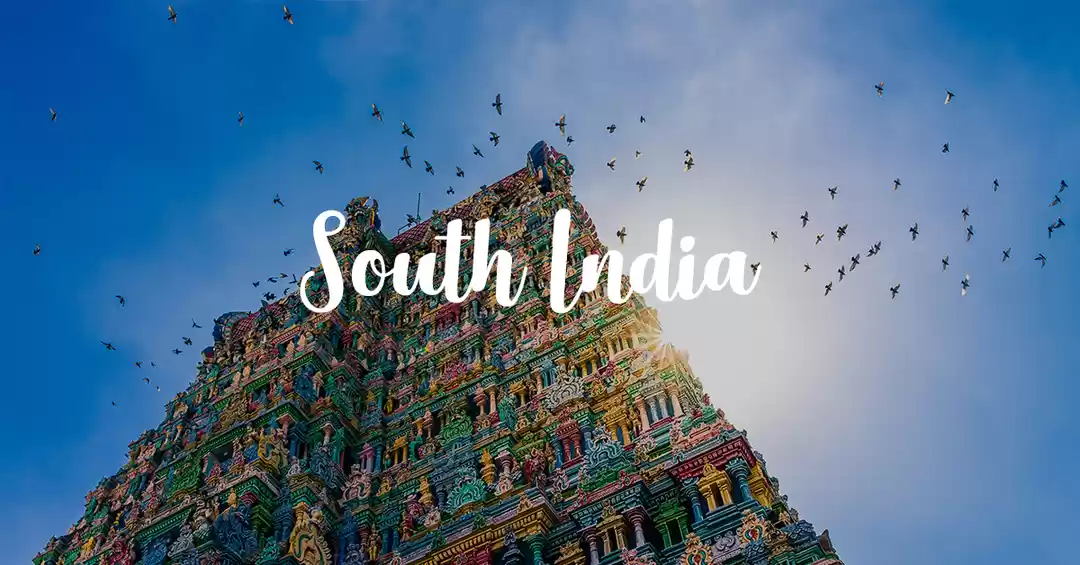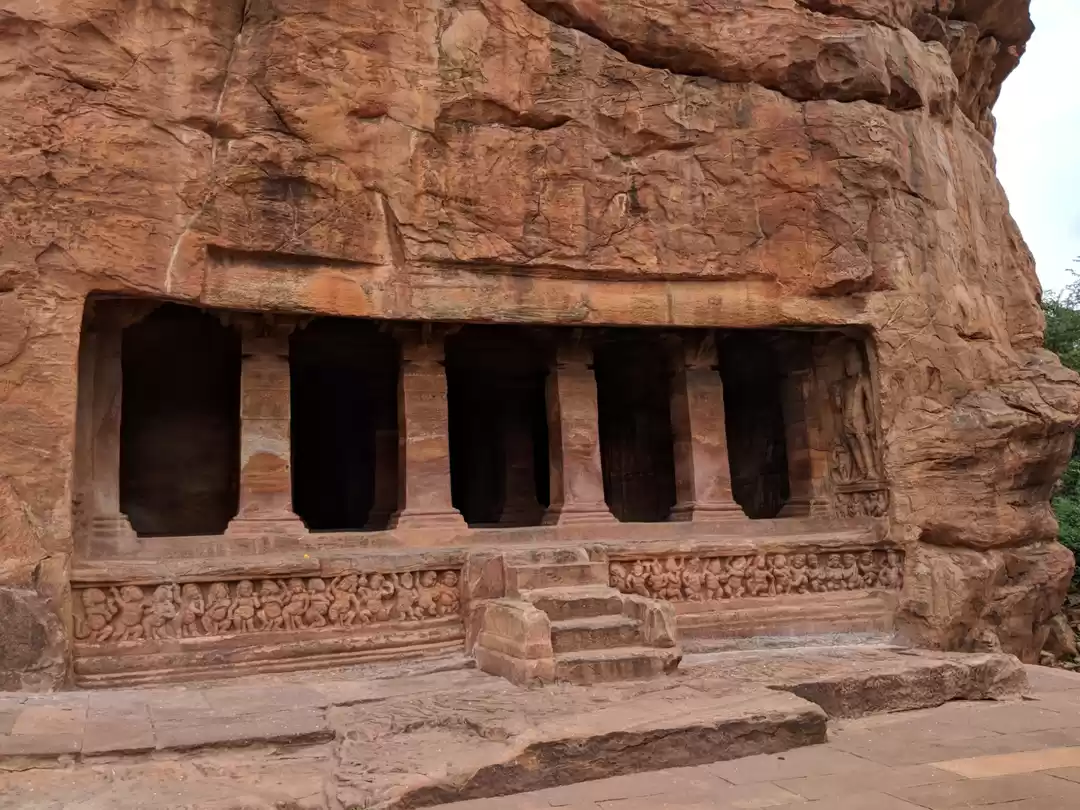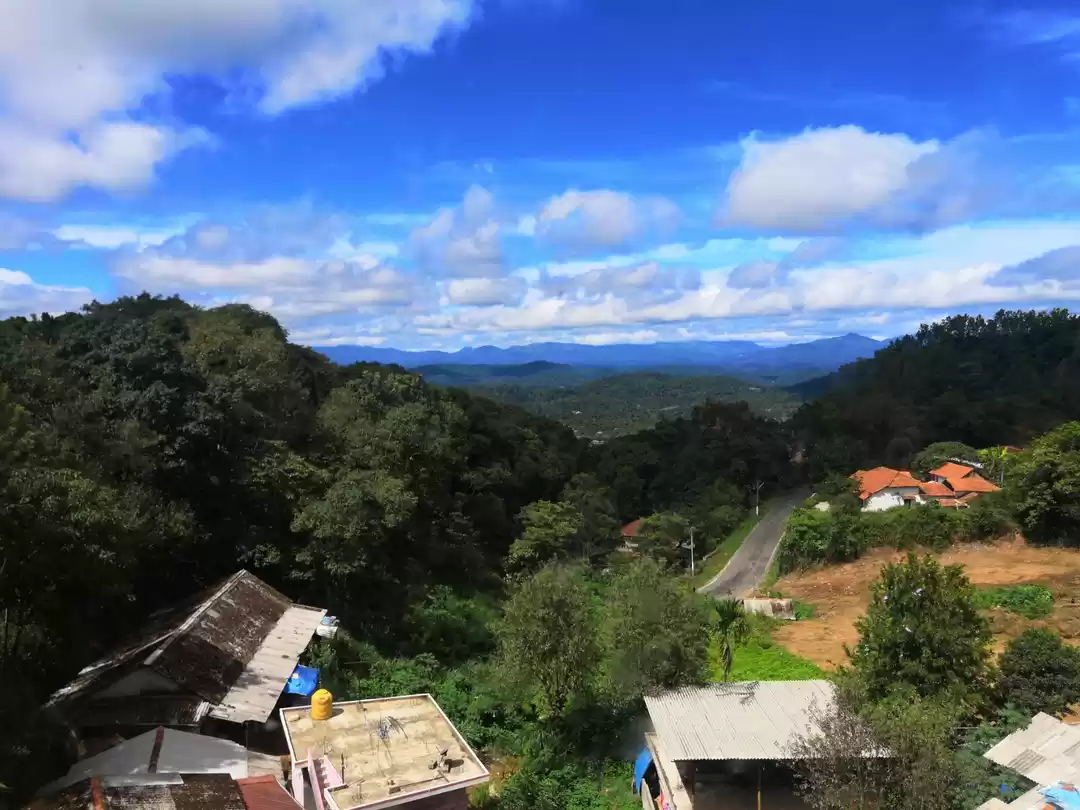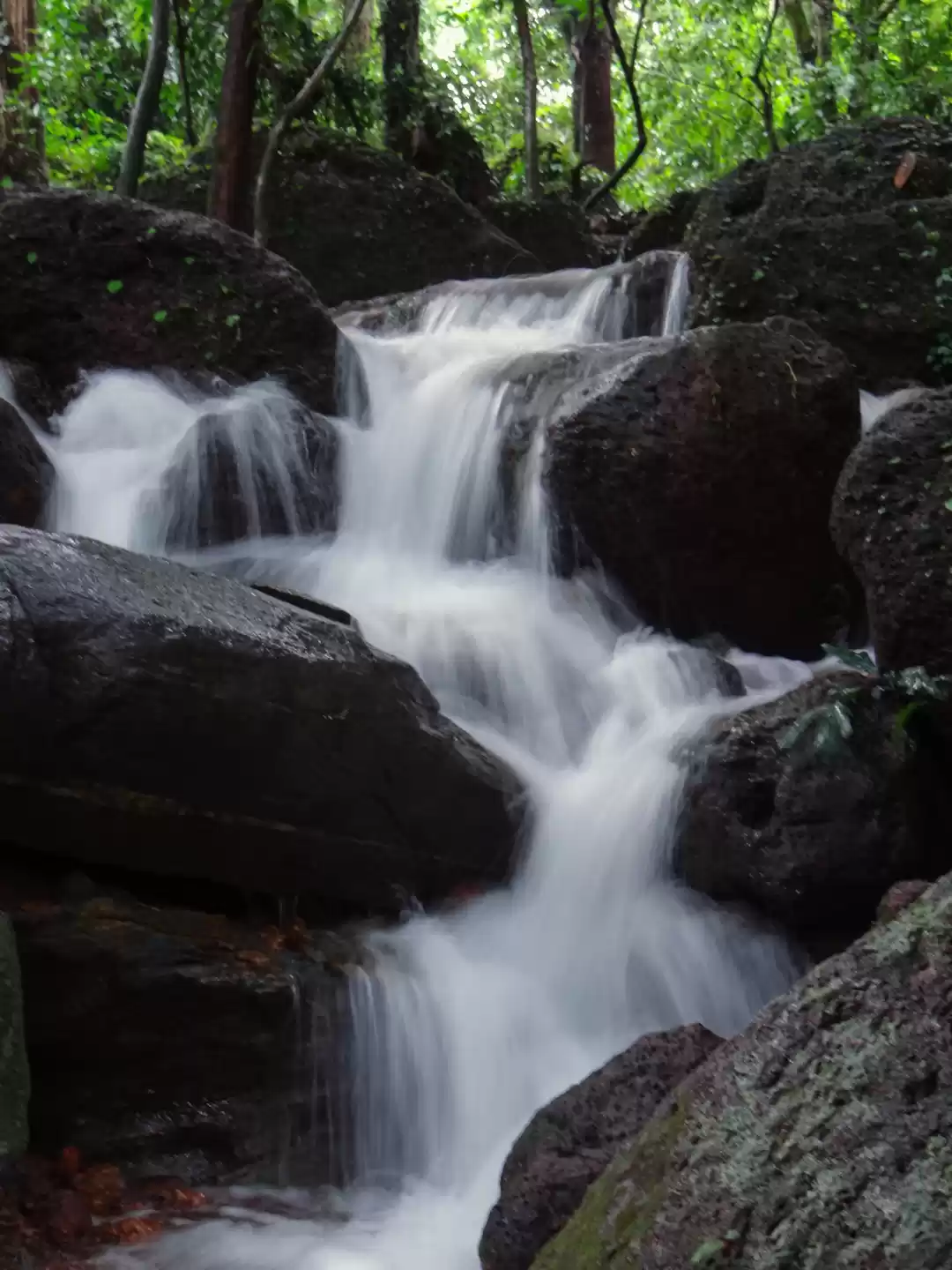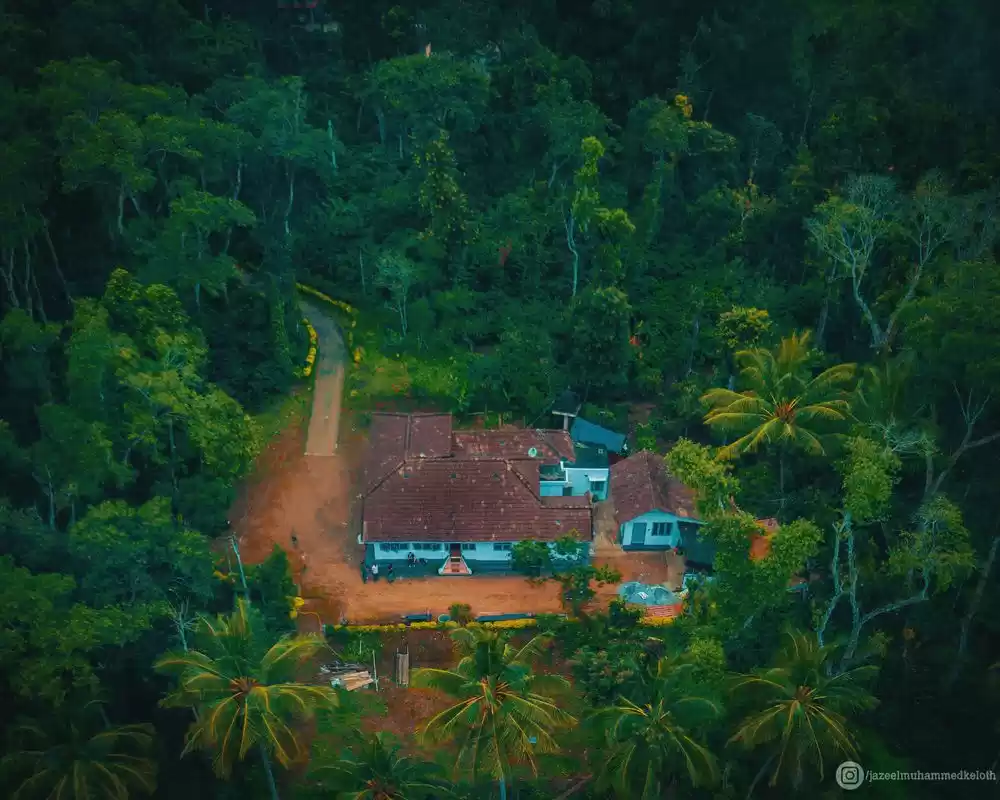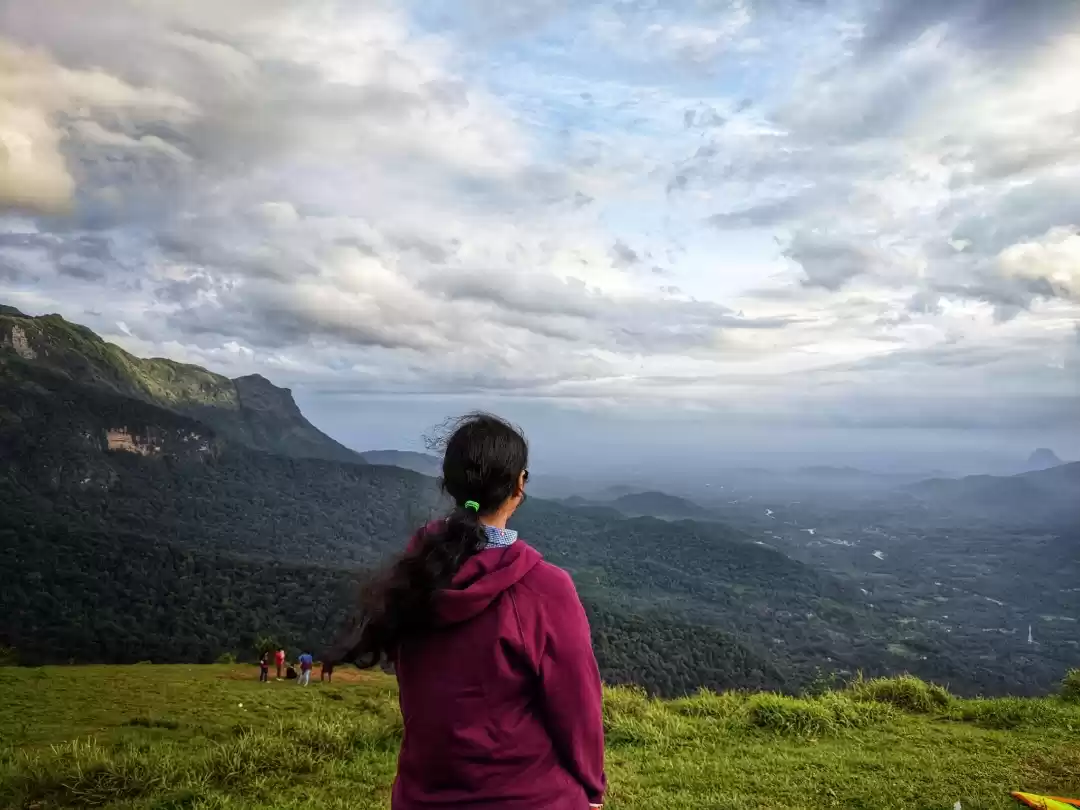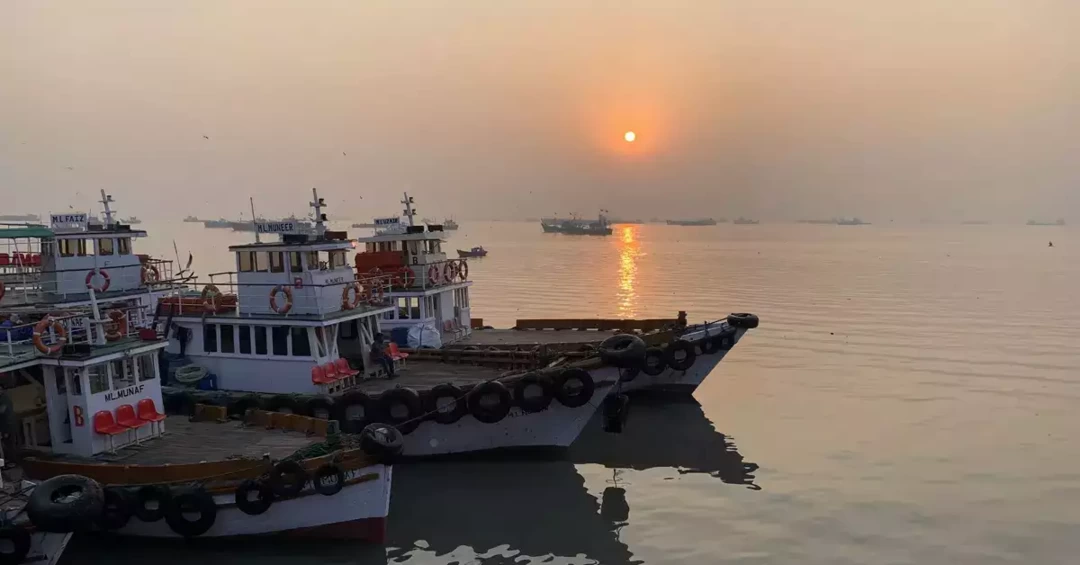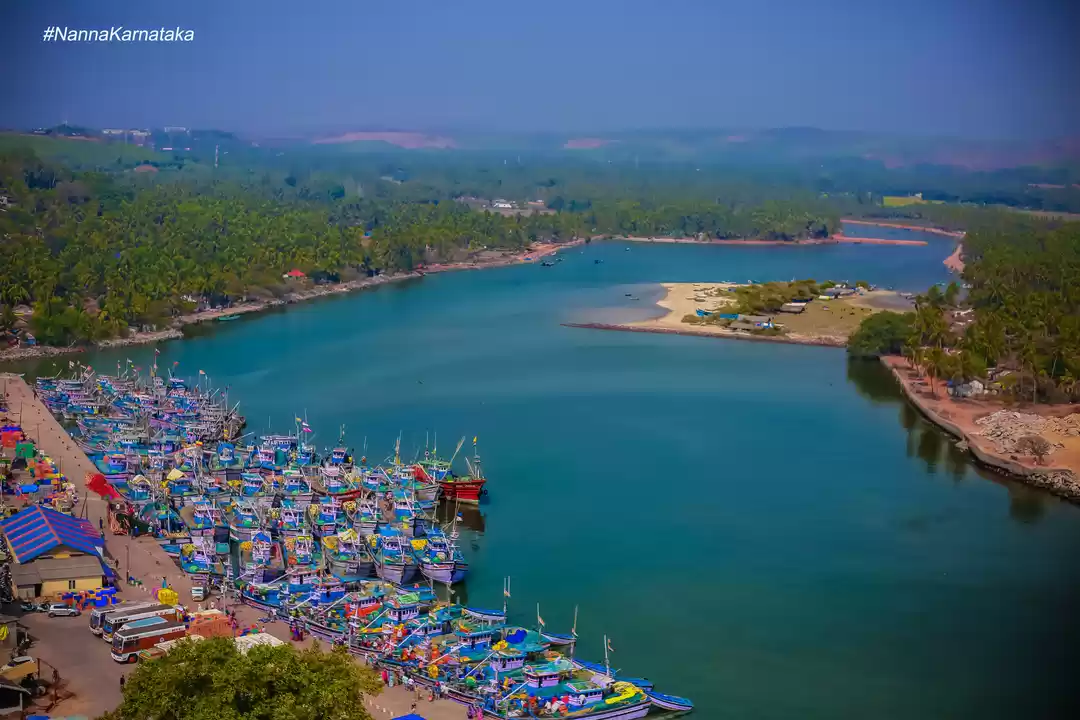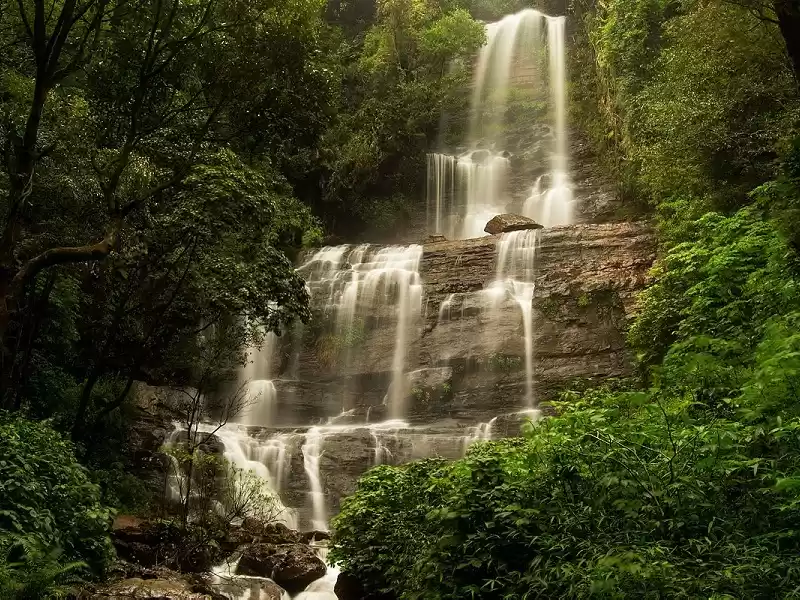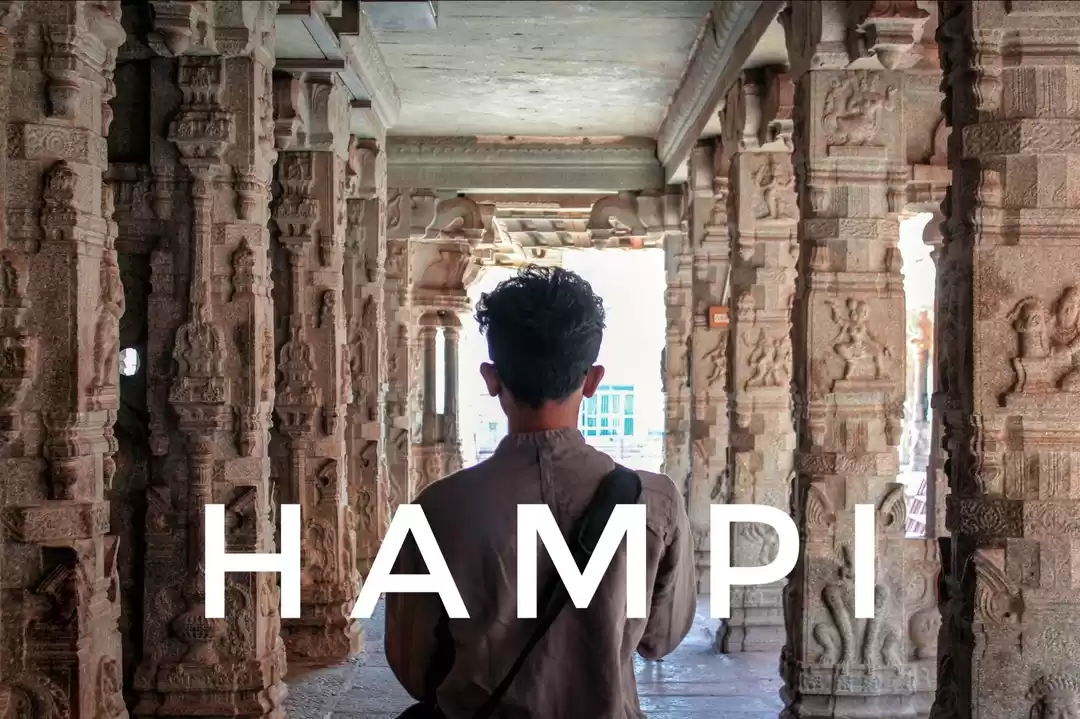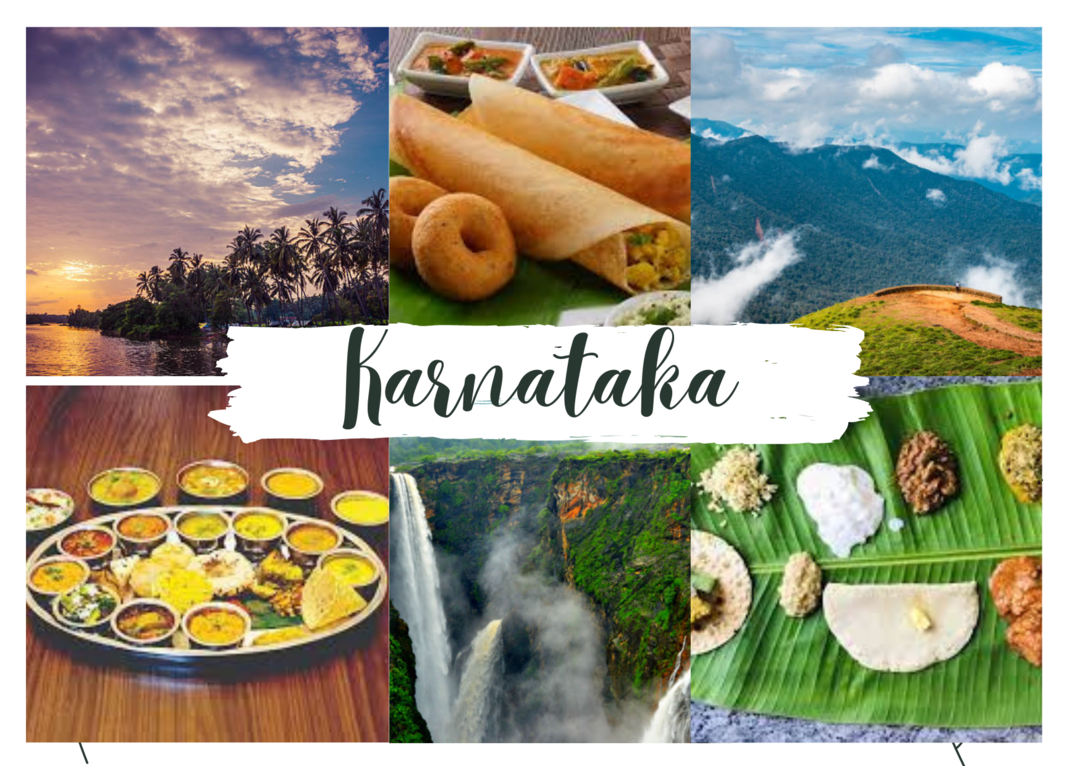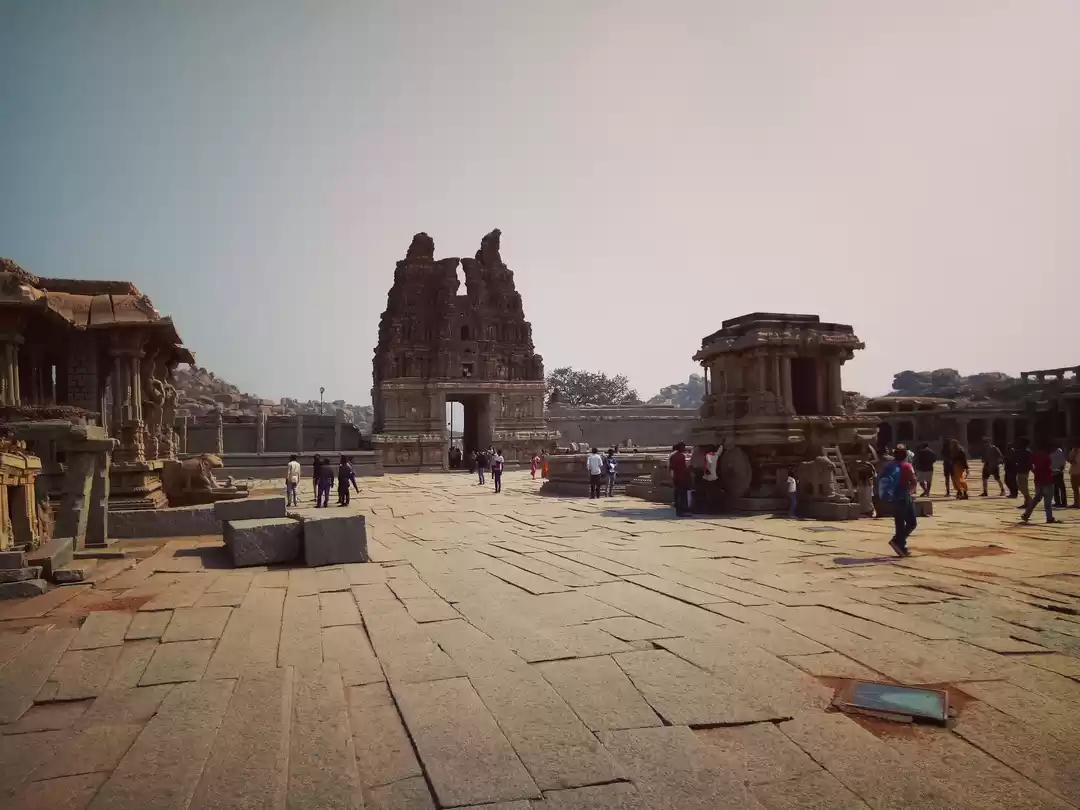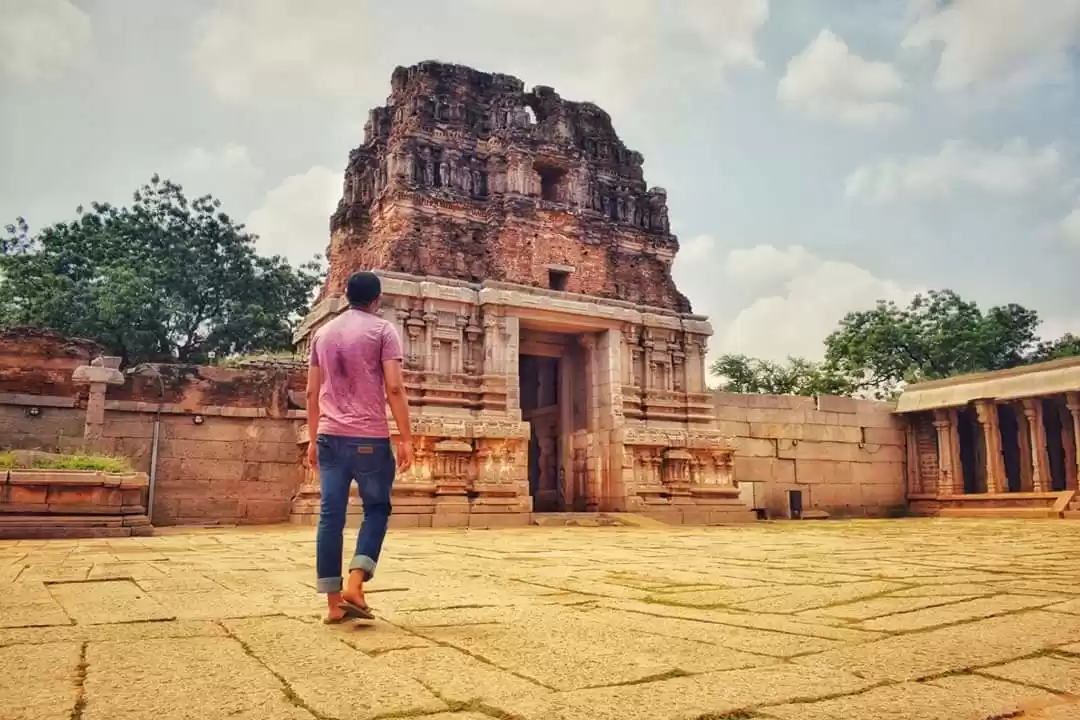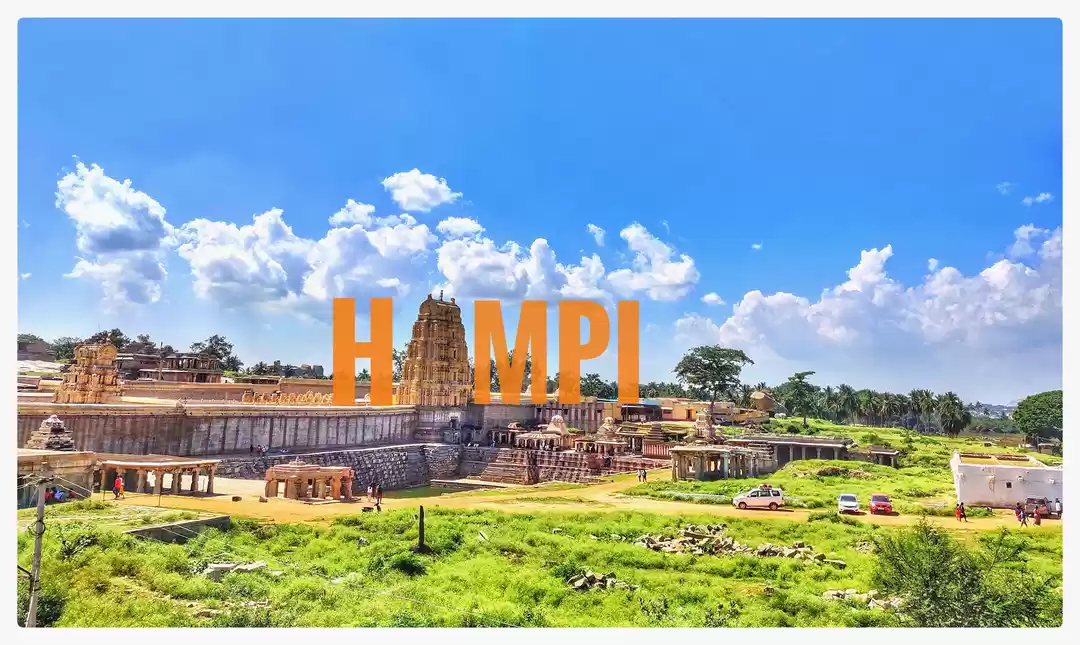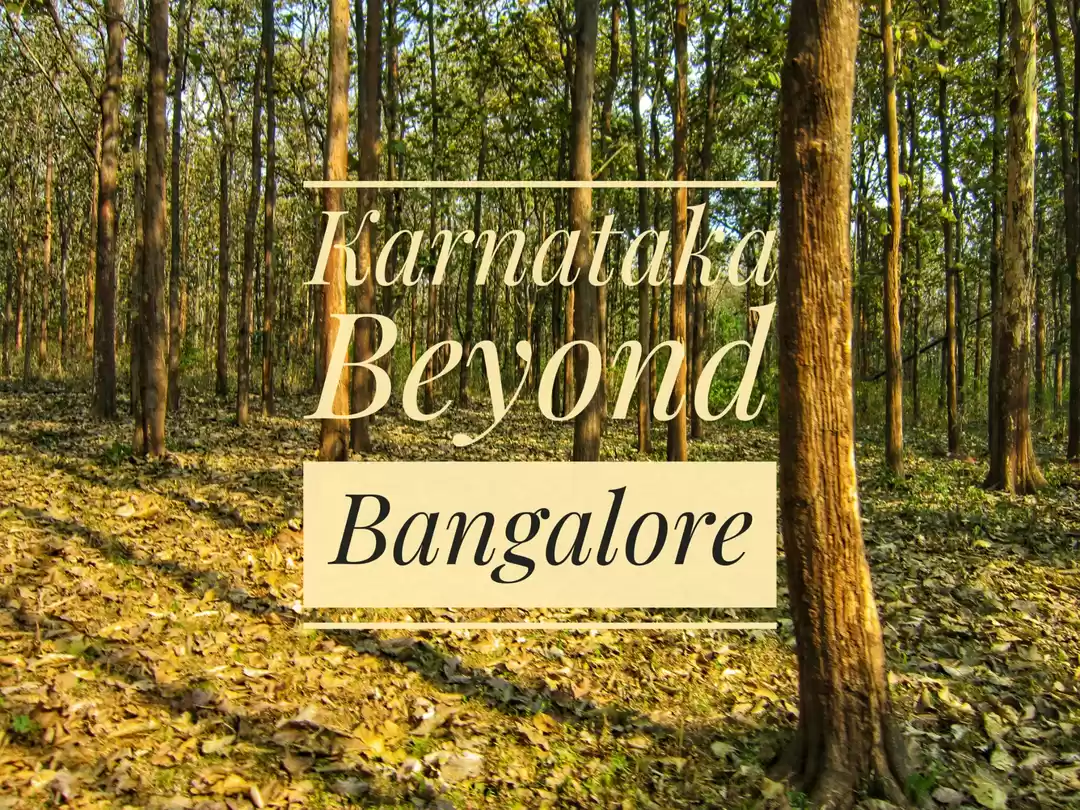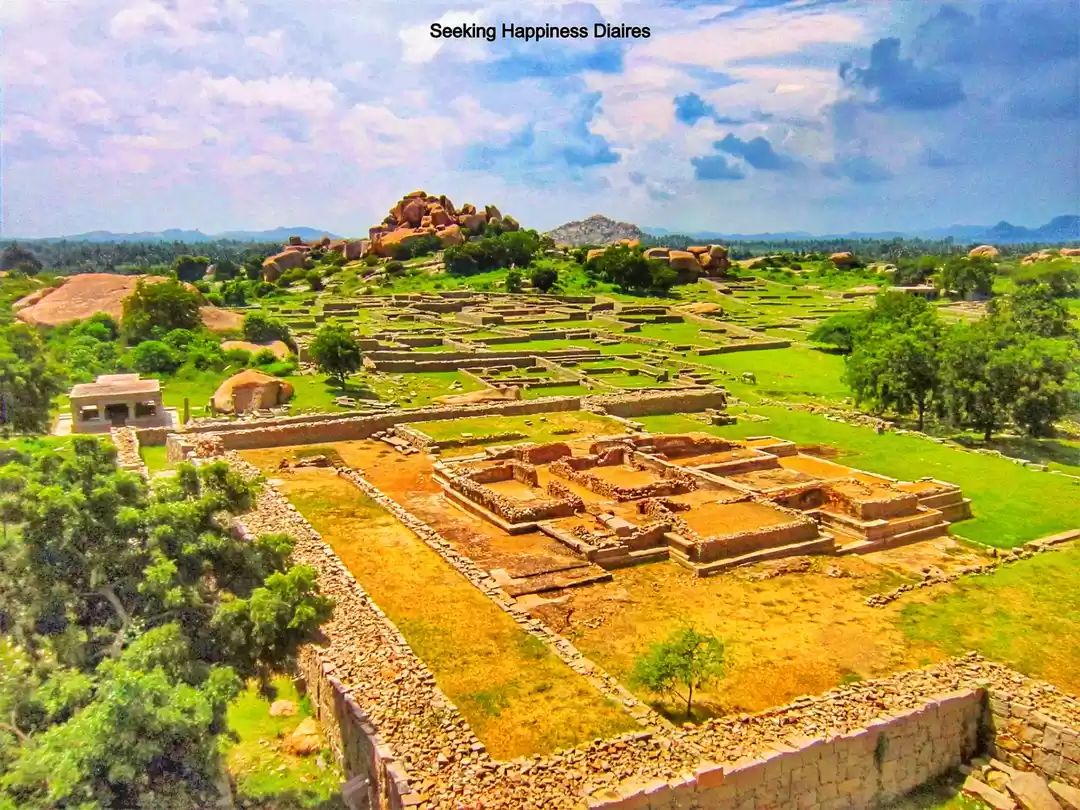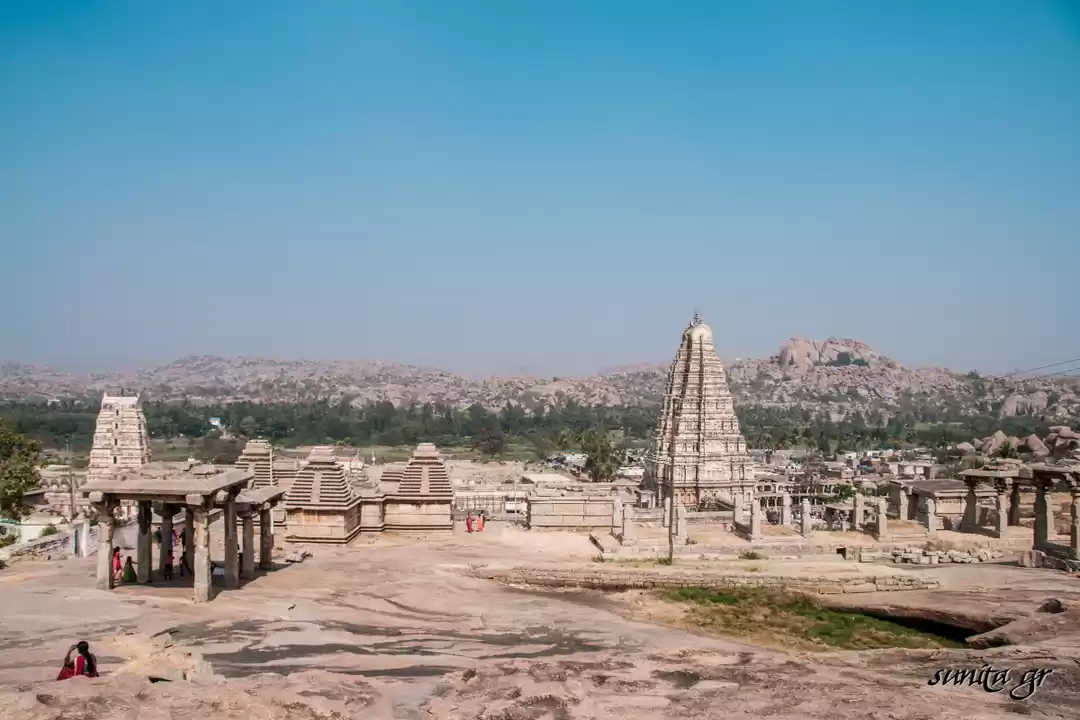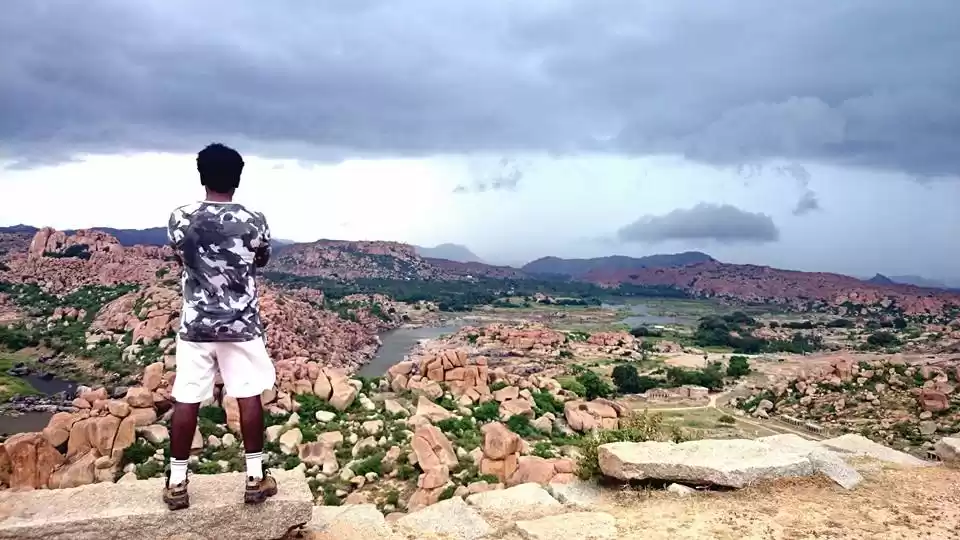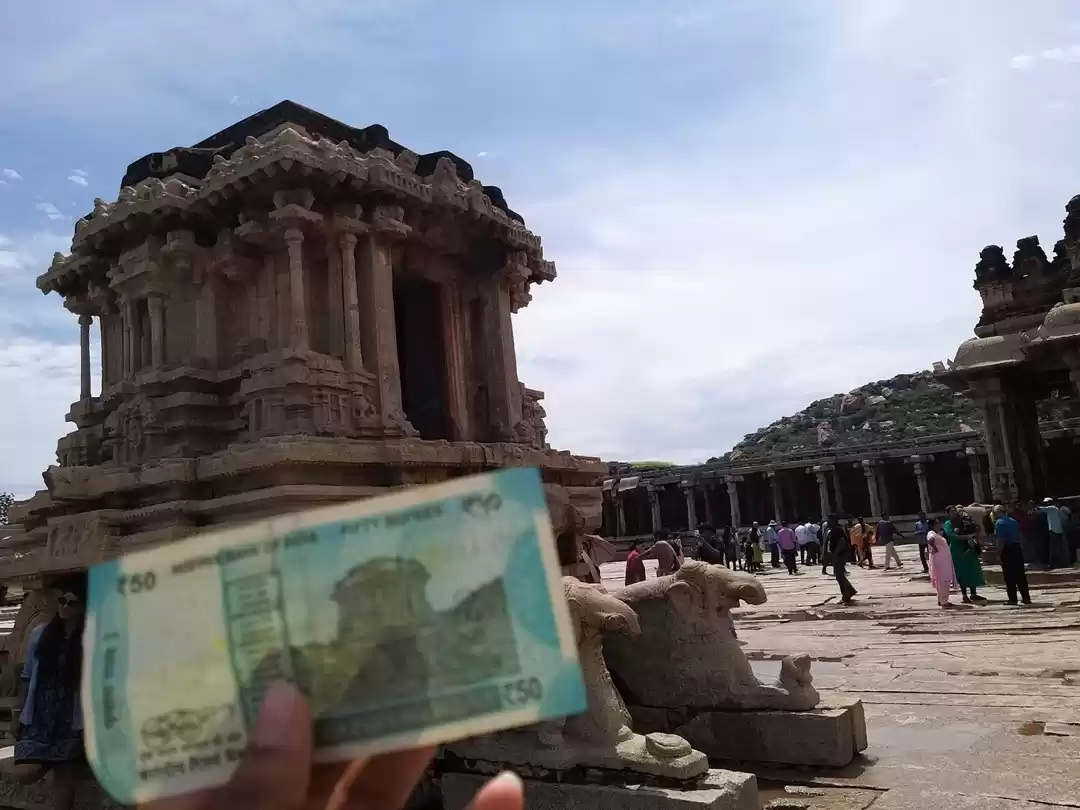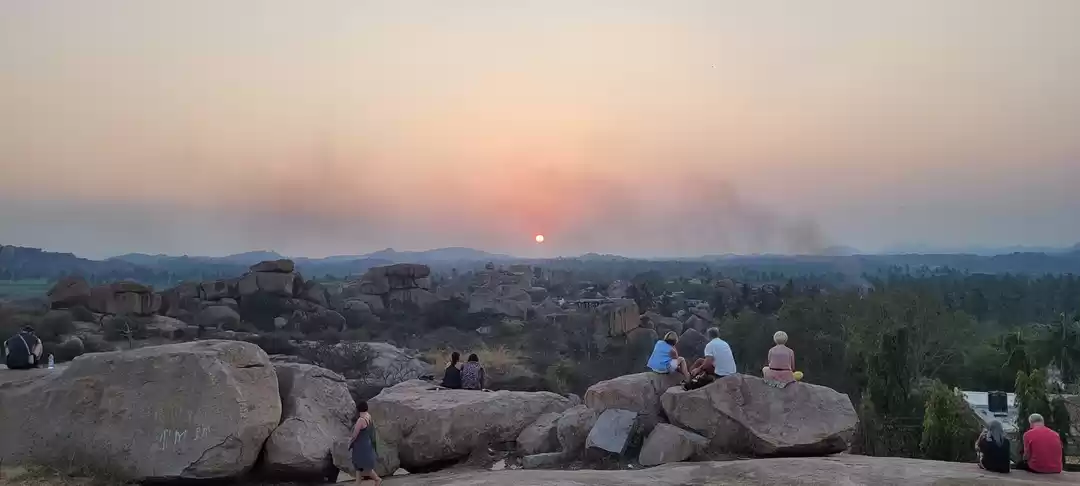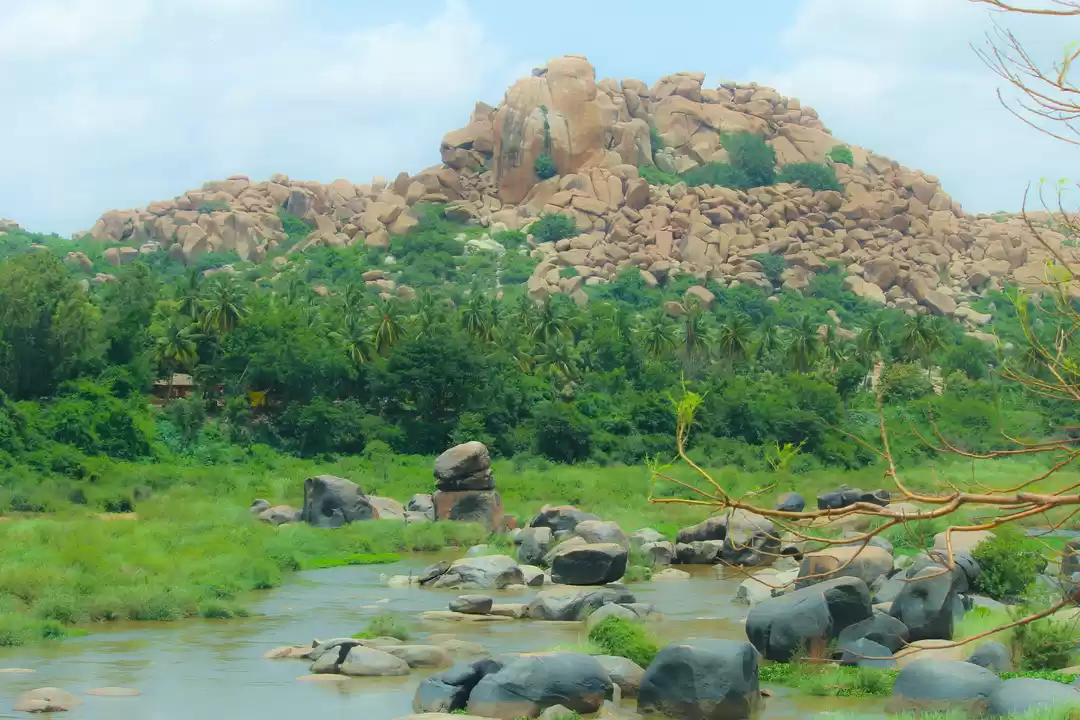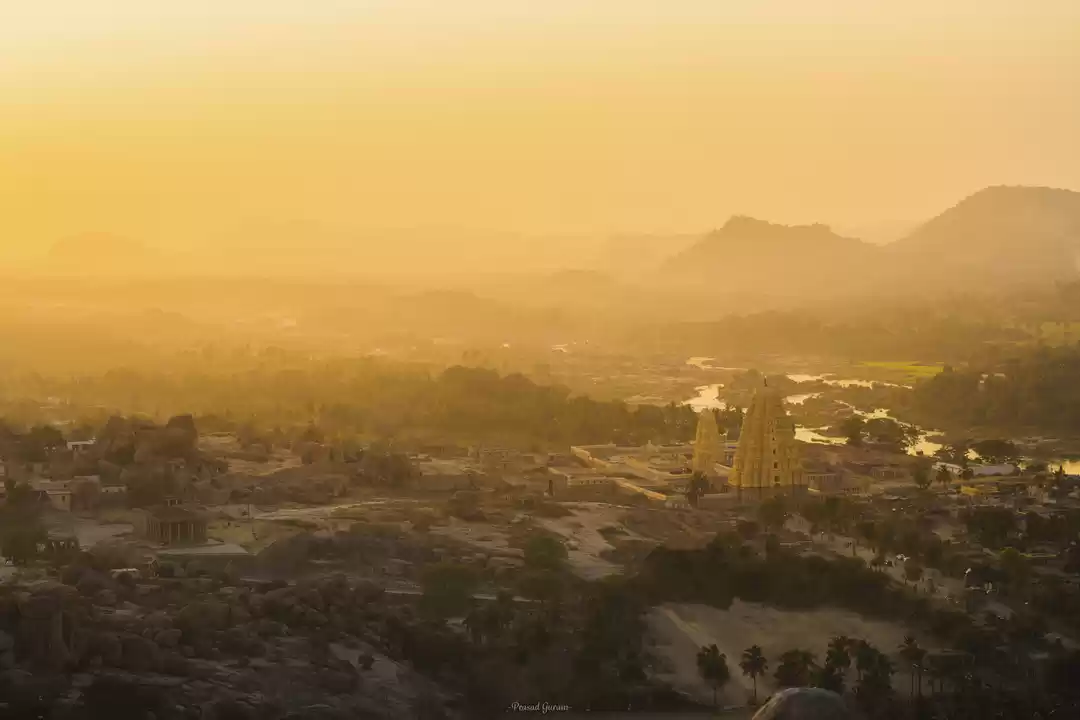
Humans have always been curious. All the things we do, including travelling, is out of curiosity to know the world, the world that we live in and the world that remains from the past before we came into existence. Learning and knowing history is always a product of curiosity. Hampi is one such place for the curious ones out there. It is a World Heritage site. This place has ruins from one of the most ancient kingdoms in India- the Vijayanagara Empire.

This Capital city of this massive empire is a world in itself to explore. The ruins here bring all your imaginary skills into action and after you visit Hampi, you will truly appreciate the intelligence and architectural skills of Indian ancestors. I'm sure you are curious now; let us see how we can reach this ancient city.
How to reach Hampi?

Hampi has its location in Karnataka at the eastern border very close to Andra Pradesh. The major cities closest to Hampi will be Bangalore (376 km) and Hyderabad (385 km).
The closest airport is at Toranagallu which is 32 km away from Hampi.
The railway station that is closest to Hampi is at Hospet which is 13 km away.
Overnight buses connect with cities in Goa, Bangalore and Secunderabad.
Climatic conditions in Hampi:
It is ideal to visit Hampi from November to February. The months from March to July are very hot.
Where to go? What to see?
This ancient city has been the capital of a very popular kingdom and is now a Hindu Pilgrimage spot too. The ruins of the kingdom include temples, shrines, water structures, riverside monuments, forts and other royal complexes.
Sri Virupaksha Temple:

This temple is a whole structure that isn't much destroyed. It lies on the banks of the Tungabhadra River and has a commendable architecture. This temple is still considered as the most sacred temple among the Hindus. Food is provided at the temple to all devotees. Outside the temple are many food outlets selling South Indian food mostly.
A Virupaksha car festival is held around summer when they arrange the marriage of gods and goddesses. This is the largest festival celebrated here. If you want to visit to see this event, March or April is the best time to go.
Vittala Temple:

This temple lies in the southern bank of the Tungabhadra River. It costs Rs.40 for entry inside. The temple is open from 8:30 a.m to 5 p.m. The main hall has about 56 pillars and the sight gives a majestic feel about our history. The popular Stone Chariot is on the eastern side of the hall. What is fascinating is that the wheels of the chariot still turn.

Royal Centre:
This is the place where the Vijayanagara rulers lived and governed. This has an entry fee of Rs.40. The place is filled with sculptures of musicians, warriors, elephants and horses. It has a Rama temple in the centre. This is a must-visit place when you're at Hampi.
Elephant Stables:
The elephant stable is the place where the royal elephants were once kept. This has an entry fee of Rs.40 too. It is one of those places that didn't suffer much destruction when the kingdom was attacked by the Sultanates. This place is open from 8:30 a.m. to 5 p.m. Many tourists visit this stable. This place gives an insight into the architecture and the royalty of our ancient rulers.
Water tanks and step wells:
The Vijayanagara kingdom was well known for its water system. The water tanks and step wells are spoken of the world over. The aqueducts supplied water to the entire kingdom and the step-wells always had enough water for irrigation purposes. A visit to these ruins not only tells us about the systems in the past but also allows us to appreciate the ancient ruler's efficacy in the ruling. They were known for the organization of things and the kingdom in a methodical manner.
Matanga Hill:

The hill is not too far from the town. It is about 1 km away from Hampi bus stand. The top of the hill offers a spectacular view of the ruined ancient city that lies below. The sunsets from this hill are something that shouldn't be missed. On the top of the hill is a small temple and on your way down you will see a cave where is it believed that it was a hiding place for one of the rulers of the kingdom.
Hampi is well- known for the monolithic sculptures. These are seen near the river banks. If you go across the river to Anegundi, you will see more of these ancient sculptures there.
Where to stay?
1. Drunken Monkey- Rs.300 per night
2. Murali Homestay- Rs.600 per night
3. Hotel Gowri- Rs.1200 per night
Overall cost:
The overall cost for a 3 day trip to Hampi would be Rs.3000-7000
Stay (900-3600) food (1000-1500) miscellaneous(1000-1500)
P.S. Hampi does not have ATMs so I would advise you to keep cash handy when you go there.

The more you see around Hampi, the more amazed you are. Hampi and the Vijayanagara Kingdom are known for its rule by the Indian rulers. The charm that it holds today is because of how the kingdom was set up during the reign of Indian kings. It wasn't much of a talk after its intervention by the Mughals, thus giving us a pure insight into the efficacy and enchantment of ancient Indians.



